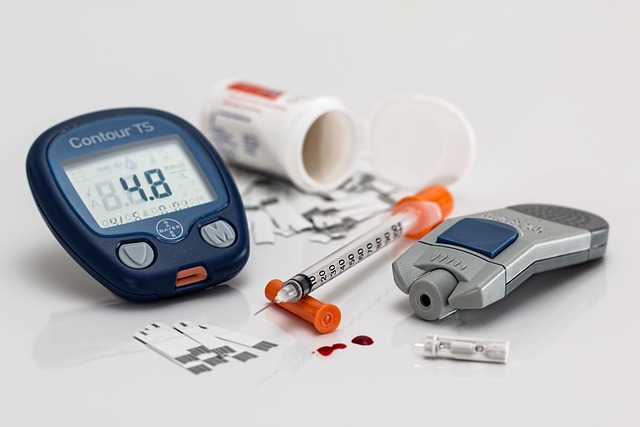Understanding Mini Oxygen Concentrator Prices - A Comprehensive Guide
Mini oxygen concentrators have become essential medical devices for individuals requiring supplemental oxygen therapy. These portable units offer independence and mobility while ensuring a steady supply of oxygen. Understanding their pricing, features, and overall value is crucial for making an informed purchase decision.

What Are Mini Oxygen Concentrators and How Do They Work?
Mini oxygen concentrators are compact medical devices that filter nitrogen from ambient air to provide concentrated oxygen. These portable units typically deliver between 1-5 liters per minute of oxygen, making them suitable for various medical conditions. Unlike traditional oxygen tanks, they don’t require refilling and operate continuously when powered.
Key Features to Consider When Purchasing
Modern mini oxygen concentrators come equipped with essential features that affect their functionality and price:
-
Battery life (typically 2-8 hours)
-
Oxygen flow settings (continuous vs. pulse dose)
-
Weight (ranging from 2-10 pounds)
-
Noise level (usually 40-50 decibels)
-
FAA approval for air travel
-
Smart monitoring capabilities
Understanding Mini Oxygen Concentrator Costs
The price of mini oxygen concentrators varies significantly based on brand, features, and capacity. Entry-level models typically start around $1,500, while premium units can cost up to $6,000 or more.
| Model Category | Price Range | Key Features |
|---|---|---|
| Basic Models | $1,500-$2,500 | Simple controls, 2-3 hour battery life |
| Mid-Range Units | $2,500-$4,000 | Extended battery, bluetooth connectivity |
| Premium Systems | $4,000-$6,000+ | Smart monitoring, longest battery life |
Prices, rates, or cost estimates mentioned in this article are based on the latest available information but may change over time. Independent research is advised before making financial decisions.
Pros and Cons of Mini Oxygen Concentrators
Advantages:
-
Portable and lightweight design
-
No need for oxygen tank refills
-
Travel-friendly options available
-
Long-term cost savings
-
Continuous oxygen supply
Disadvantages:
-
Higher upfront investment
-
Regular maintenance required
-
Battery life limitations
-
May require backup power source
-
Not suitable for all oxygen therapy needs
Additional Costs to Consider
When budgeting for a mini oxygen concentrator, factor in these recurring expenses:
-
Replacement filters ($20-50 every 6-12 months)
-
Battery replacement ($200-400 every 1-2 years)
-
Annual maintenance ($100-300)
-
Extended warranty coverage ($200-500)
-
Backup battery ($300-600)
This article is for informational purposes only and should not be considered medical advice. Please consult a qualified healthcare professional for personalized guidance and treatment.




